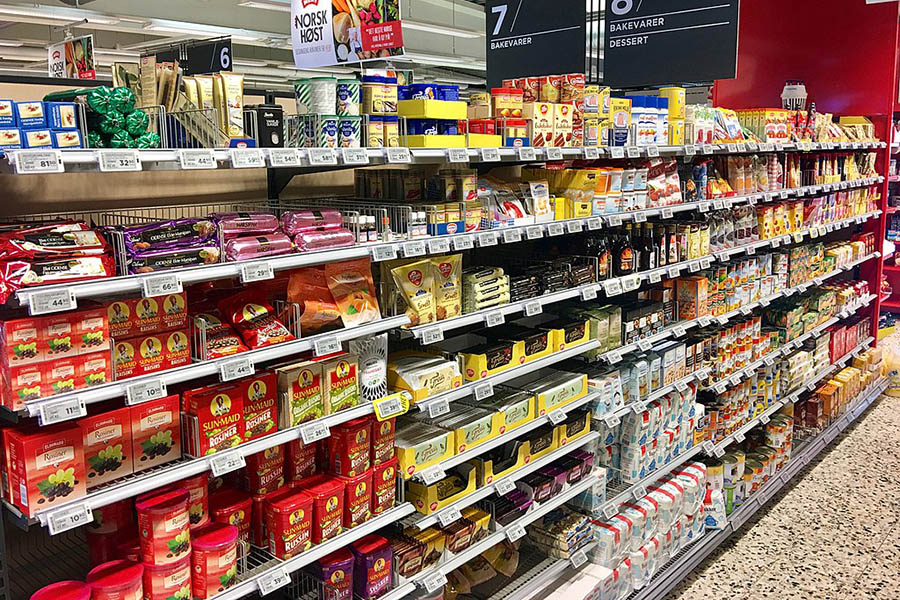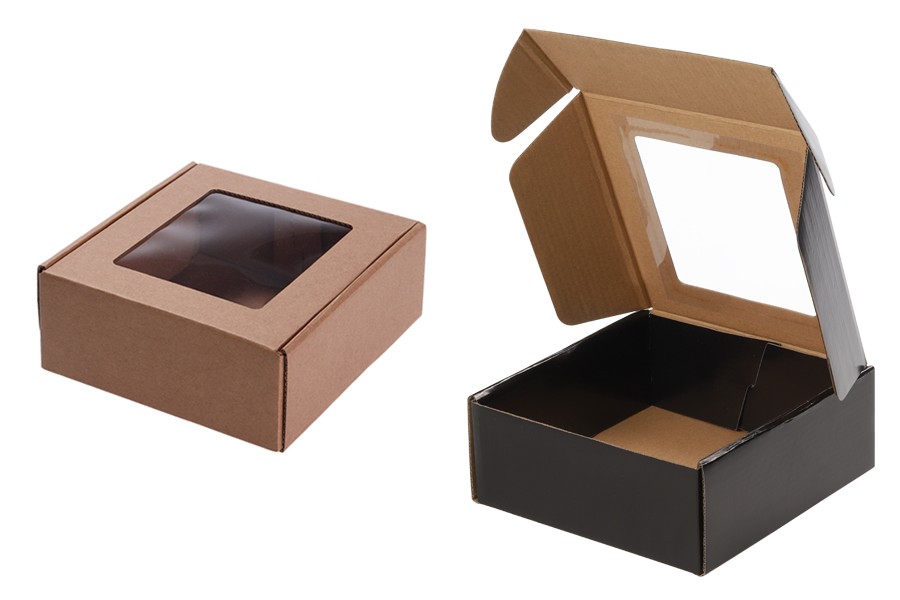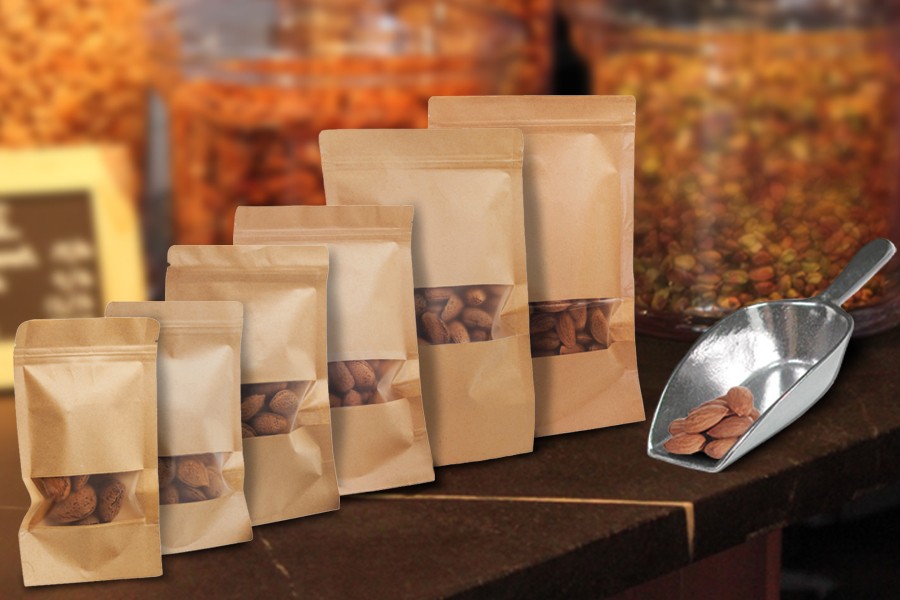
An integral part of the promotion of a product is undoubtedly the packaging and appearance of the product, especially if we are talking about retail where product placement is crucial.
That is the reason why many businesses, regardless of their size, are constantly trying to stand out in this key promotional and sales hub. After all, it is the packaging of a product that is the main expression of its image and general philosophy, with consumers in recent years increasingly emphasizing usability, quality and the immediate provision of information.
With that in mind, let’s take a look at 3 types of packaging that have been attracting consumer interest lately, each for its own particular characteristics:
A) Ecological, green packaging
There are many consumers nowadays who, in addition to choosing a product based on its features and usability, they often take into consideration the eco-friendly nature of its packaging as a gesture of responsibility and ecological awareness.
Thus, many companies are now turning to sustainable, eco-friendly options by changing the composition of their packaging to “green materials”. That is why on the shelves of retail stores we tend to come across products using mostly or primarily recyclable packaging, biodegradable or other reused materials (e.g. paper bags, paper kraft boxes).
Usually these packages also carry some special, registered symbols on them that illustrate and communicate their ecological composition and the appropriate place where they should be disposed.
This is common practice for products such as milk, juices, cereals, pasta etc, while other companies are expected to gradually adopt similar solutions. These solutions are aimed at eco-conscious consumers who are aware of the environmental and climate change impacts the production and disposal of a product has.

2) Practical packaging and ease of use
Another particularly popular packaging category is that of practical, functional and easy-to-use packaging. In this category we come across solutions that can be easy to open and close while effectively protecting their contents (e.g. Doy-pack type packaging).
They are highly resistant to damage, stand the test of time, respond to refrigeration conditions, are flexible and generally aim to offer a comfortable and great user experience to the consumer.

Such packaging is often chosen by women with children who usually face a multitude of happenstances in their household and time management is their top priority.
Similarly, other categories of consumers such as workers, singles or couples seem to prefer them mainly because of the fast pace of their lives. Practical packaging solutions are commonly used for dairy products, cold cuts, vegetables, pre-cooked food and even various snacks.
3) Interactive packaging, internet and access to information
In addition to the above options, it is a fact that in recent years many companies have started the digital transformation of their packaging. This digital dimension has the potential to offer, through a smartphone, access to a lot of information about the product in question and is particularly friendly to the new generation of consumers.
For example, a QR code on any packaging can lead to additional information online, link to a social media page or even provide all the necessary information about a current promotional activity. Such an option is not affected by the packaging material at all (a QR code can be printed anywhere), it offers a stylish presentation and is economical in terms of space and usability.
All it takes is for a company to maintain an up-to-date web presence so that the customer can also access this updated and useful content. More and more companies are expected to adopt this model in the near future, as the evolution of technology promises additional solutions capable of offering personalized experiences to each customer.
